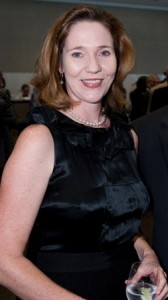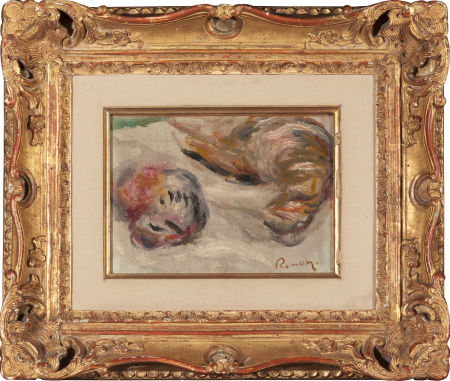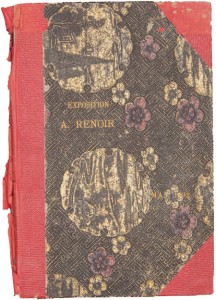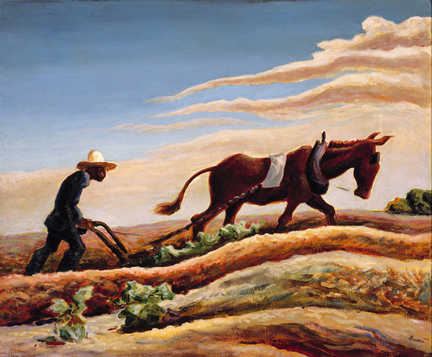Maybe my “Experience Museums” opinion piece in The New York Times last month has emboldened others who equally disturbed by some goings-on in art museums to speak up.
Over the weekend, I learned of one Bruce Bratton, in Santa Cruz, who took on that city’s Museum of Art and History and cited my article. He wrote:
MAH’s NEWEST MEANING…Mostly Attendance and Happenings. Other folks among the numerous local residents sugggested Mostly Attendance and Hobbies. Then there’s Mediocre, Humdrum and all kinds of clever ways to re-name our gone to hell Museum of Art and History. We’ve lost the “Museumâ€, “The Artâ€, and “The History†concepts of what was once a professional institution with professional standards….
…Remember …when you could sit or stand and just think about the art pieces you were able to see in person? Think how many thousands/millions of students and artists were influenced by seeing circulating masterpieces or from the local collections…not now. Consider the impact on the next generation of art and history-lovers; the kids. Where can we take our kids now to learn how to experience a real museum; a place that challenges the attention span a little? There are experiential activities everywhere, as I mentioned but the former MAH was our only real museum environment that offered art in a museum context; a respectful place that created the sense that what you’re seeing is important, and worthy of your consideration. Not just something you whip through as you’re doing activities.
Bratton is, by some lights, a “Santa Cruz institution,” a columnist who has been “getting Santa Cruzans all riled up on a weekly basis” for decades. Now he has a presence online, which is where he published that opinion.
I commend him for mentioning another aspect of this whole issue: mission statements. Apparently, under newish executive director Nina Simon (who, he said, did not like my article), “The actual mission statement of MAH has changed and now we have what should be called our “second community centerâ€. MAH Board members have been quitting over this, professional historians, curators and staff members have either left or are completely devastated by the community circus that Nina Simon has created in the two and a half years she’s been executive director,” he writes.
Later, he says:
The new mission statement is so stunning in its exclusion of any cultural references that you should read it… From the website; “Our mission is to ignite shared experiences and unexpected connectionsâ€. What does that mean?? Where’s History, where’s Art, where’s Tradition, most important where’s any statement about inspiration and education???
The whole statement is here, and in fairness, the “vision” does contain those words:
Our vision is to become a thriving, central gathering place where local residents and visitors have the opportunity to experience art, history, ideas, and culture. We envision engaged members and visitors who are increasingly passionate and knowledgeable about about contemporary art and local history that celebrate our diverse community.
In contrast, however, the 2010 strategic plan for the museum says as its mission statement:
The Museum of Art & History promotes a greater understanding of contemporary art and the history of Santa Cruz County, through its exhibitions, collections, and programs, for the benefit of residents and visitors to Santa Cruz County.
It’s not hard to see the difference in emphasis between the two.
Simon, of course, has built her career on advocating participatory museum experiences. The MAH board must have known that when they hired her (if not, they were derelict — it was plain to everyone in the museum world). Why then, did they hire her, or why are they resigning now?
Bratton wrote: “Historians have told me many times in the last two and a half years that there are no longer any qualified historians cataloguing and curating and handling our MAH’s collections. Future generations will suffer from this.”
I can only agree. I urge others, in other cities, to speak up now before it is too late.






